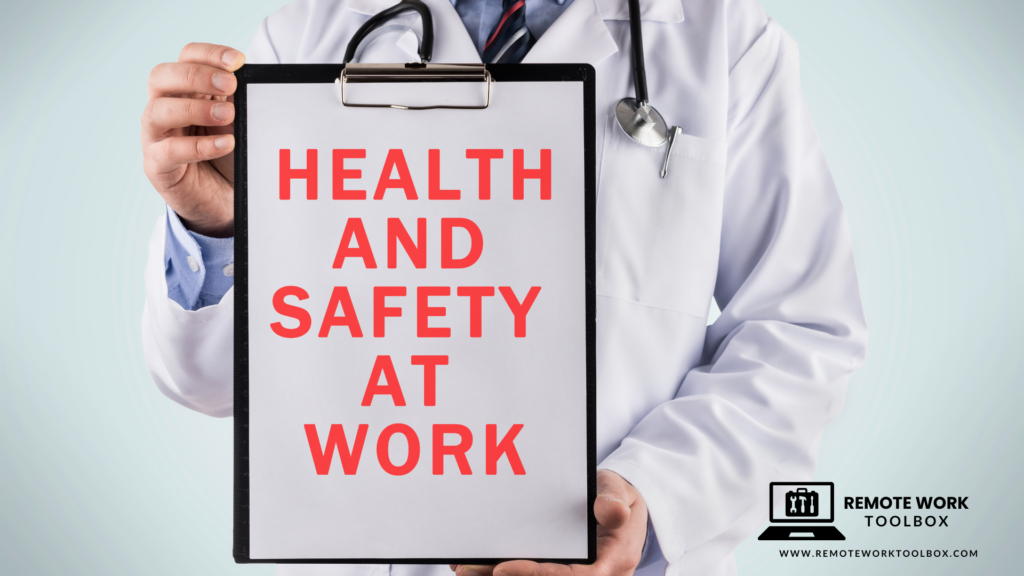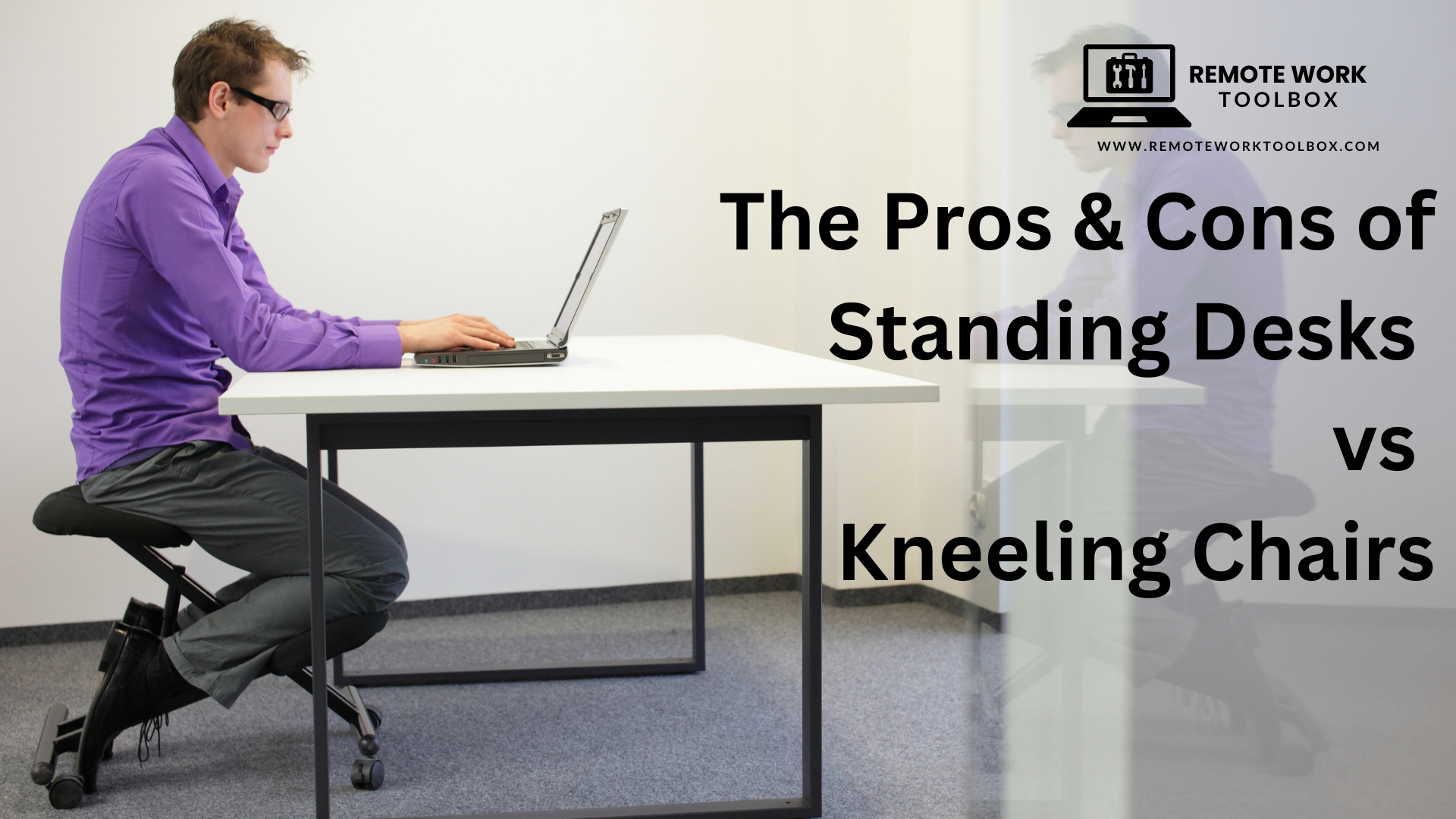Working from home has become increasingly common, bringing both opportunities and challenges for remote workers and remote employees. Ensuring your health, safety, and security while working remotely is essential for maintaining productivity and well-being. In this article, we’ll explore ten crucial tips, including best practices for creating an ergonomic workspace, securing your home network, protecting sensitive information, and maintaining mental health, to help you create a safe, healthy, and secure home office environment. Following these home safety tips will ensure your work-from-home experience is both productive and secure.
Health Tips
Tip 1: Ergonomic Workspace Setup
Creating an ergonomic workspace is crucial for preventing physical strain and maintaining productivity. Here are some key components to consider:
- Ergonomic Chairs: Invest in a high-quality ergonomic chair that supports your posture and reduces lower back and neck pain. Proper posture is essential for reducing strain.
- Adjustable Desks: Use an adjustable desk to switch between sitting and standing positions throughout the day. Ensure your desk allows you to keep your computer screen at eye level and your elbows at a 90-degree angle to maintain proper ergonomics.
- Monitor Placement: Ensure your computer monitor is at eye level to avoid neck strain. Use monitor stands if necessary.
- Keyboard and Mouse: Use an ergonomic keyboard and mouse to reduce wrist strain and ensure your hands are positioned correctly.
By setting up an ergonomic workspace, you can work comfortably and reduce the risk of long-term health issues, making your home office environment both productive and safe.
Tip 2: Regular Breaks and Physical Activity
Taking regular breaks and incorporating physical activity into your daily routine are essential for maintaining health and productivity while working from home.
- Pomodoro Technique: Use the Pomodoro Technique to work in focused intervals (typically 25 minutes) followed by short breaks. This can help maintain concentration and prevent burnout.
- Stretching: Incorporate stretching exercises into your breaks to relieve muscle tension and improve circulation. Follow the 20-20-20 rule: every 20 minutes, look at something 20 feet away for at least 20 seconds to reduce eye strain.
- Exercise: Schedule time for regular exercise, such as walking, jogging, or home workouts, to keep your body active and healthy.
- Hydration: Keep a water bottle at your desk and stay hydrated throughout the day.
By taking regular breaks and staying physically active, you can improve your overall well-being and work more effectively. This practice also helps in reducing occupational health risks and contributes to a healthier working environment.
Mental Health Tips
Tip 3: Mental Health and Well-being
Maintaining your mental health is just as important as physical health when working from home. Here are some strategies to support your mental well-being:
- Routine: Establish a daily routine to provide structure and consistency, helping to reduce stress and anxiety. Regular contact with colleagues through phone calls, text messages, and virtual meetings can help maintain a sense of connection.
- Mindfulness: Practice mindfulness or meditation techniques to stay present and manage stress.
- Social Interaction: Stay connected with colleagues, friends, and family through regular virtual meetings and calls.
- Work-Life Balance: Set clear boundaries between work and personal life to prevent burnout and maintain a healthy balance. A dedicated workspace can help create a distinction between your work area and personal space.
By prioritizing your mental health, you can stay focused, motivated, and resilient while working remotely. This contributes to a positive remote office environment and enhances overall productivity.
Work-Life Balance Tips
Tip 4: Creating a Work-Life Balance
Achieving a healthy work-life balance is crucial for your well-being and productivity. Here are some tips to help you manage your work and personal life effectively:
- Set Boundaries: Define specific work hours and stick to them. Communicate these boundaries to family members and colleagues.
- Dedicated Workspace: Create a separate workspace in your home to physically separate work from personal life. This could be a dedicated office space or even a corner of your room, as long as it’s a specific location for work. Try to only work in this space, meaning do not work anywhere else in your home and don’t do anything other than work in your workspace.
- Breaks and Downtime: Schedule regular breaks and downtime to relax and recharge. Use this time to engage in activities you enjoy.
- Unplug: Disconnect from work-related devices and emails after your designated work hours to fully enjoy your personal time.
By creating a clear distinction between work and personal life, you can reduce stress and improve your overall quality of life. This helps in maintaining a proper work-life balance and ensures that your working environment supports your health and well-being.
Safety Tips
Tip 5: Fire Safety
Ensuring your home workspace is fire-safe is essential for preventing accidents and ensuring your safety. Here are some key fire safety tips:
- Smoke Detectors: Install smoke detectors and carbon monoxide detectors in your home office and test them regularly to ensure they are functioning properly. Smoke alarms can provide early warning in case of a fire.
- Fire Extinguisher: Keep a fire extinguisher accessible in your home office and know how to use it. Make sure it’s in good condition and easily reachable.
- Electrical Safety: Avoid overloading electrical outlets and use surge protectors to prevent electrical fires. Ensure that all electrical cords and extension cords are in good condition and not frayed or damaged.
- Clear Exits: Keep exits and pathways clear of clutter to ensure you can quickly and safely evacuate in case of an emergency.
By following these fire safety tips, you can create a safer working environment and reduce the risk of fire-related accidents. Regularly checking your workspace for fire hazards is a part of maintaining a safe and productive home office environment.
Tip 6: Family Member Safety
Ensuring the safety of your family members while you work from home is important for maintaining a productive and safe environment. Here are some tips to help:
- Communication: Clearly communicate your work hours and the importance of minimizing interruptions during those times. This helps in maintaining focus and productivity.
- Safe Workspace: Keep your workspace organized and free of hazards that could harm children or pets. Make sure your work area is a safe zone, free from sharp objects and unstable furniture.
- Security Measures: Teach your family members basic security measures, such as not sharing passwords, avoiding phishing attacks, and not accessing sensitive information.
- Emergency Plan: Develop and practice an emergency plan with your family so everyone knows what to do in case of an emergency. Ensure that your family members know where the first aid kit and fire extinguisher are located.
By taking these steps, you can create a safe home environment for both you and your family members. This ensures that your work environment is conducive to productivity while keeping your loved ones safe.
Security Tips
Tip 7: Secure Your Home Network
Securing your home network is crucial for protecting your sensitive information and ensuring safe online activity. Here are some key steps:
- Strong Passwords: Use strong, unique passwords for your Wi-Fi network and all connected devices. Change passwords regularly and avoid using default passwords.
- Encryption: Enable WPA3 encryption on your Wi-Fi router to enhance security and protect against unauthorized access.
- Virtual Private Network (VPN): Use a VPN to encrypt your internet connection and protect your data from cyber threats. This is especially important for protecting sensitive information from middle attack and other cybersecurity risks.
- Firmware Updates: Regularly update your router’s firmware to fix vulnerabilities and improve security.
By securing your home network, you can safeguard your personal and work-related information from unauthorized access. This is a critical aspect of maintaining good computer security in a remote work environment.
Tip 8: Protect Sensitive Information
Protecting sensitive information is essential when working from home. Here are some strategies to ensure your data remains secure:
- Data Encryption: Encrypt sensitive files and emails to protect them from unauthorized access. Use secure storage solutions to keep your data safe.
- Secure Storage: Store sensitive documents in secure, locked locations or use encrypted digital storage solutions. Avoid leaving sensitive information on personal devices.
- Shred Documents: Shred physical documents that contain sensitive information before disposing of them to prevent data breaches.
- Two-Factor Authentication: Enable two-factor authentication (also known as multi-factor authentication) on all accounts to add an extra layer of security.
By taking these precautions, you can protect your sensitive information and reduce the risk of data breaches. This ensures that your work environment remains secure and compliant with best practices in data protection.
Tip 9: Use of Antivirus Software
Using antivirus software is essential for protecting your devices from malware and other cyber threats. Here are some tips for effective use of antivirus software:
- Install Reputable Software: Choose a reputable antivirus software that offers comprehensive protection, such as Norton or McAfee.
- Regular Scans: Schedule regular scans to detect and remove any threats. Ensure that your antivirus software is set to perform these scans automatically.
- Automatic Updates: Enable automatic updates to ensure your antivirus software is always up to date with the latest threat definitions. This helps protect against new and emerging cyber threats.
- Real-Time Protection: Turn on real-time protection to monitor and protect your system continuously.
By using antivirus software, you can protect your devices and data from malicious attacks. This is an essential step in maintaining a secure and efficient remote work environment.
Tip 10: Regularly Update Software and Systems
Keeping your software and systems up to date is crucial for maintaining security and protecting against vulnerabilities. Here are some tips:
- Automatic Updates: Enable automatic updates for your operating system, software applications, and antivirus programs to ensure you always have the latest security patches.
- Regular Checks: Regularly check for updates manually if automatic updates are not available. This helps ensure that no updates are missed.
- Device Security: Ensure all devices used for work, including smartphones and tablets, are kept up to date with the latest software versions. This includes your work laptop and any other work devices.
- Update Firmware: Update the firmware of your router and other connected devices to protect against known vulnerabilities.
By regularly updating your software and systems, you can protect your devices from security threats and ensure they run smoothly. This is a key component of good computer security practices in a remote work setting.
Maintaining health, safety, and security while working from home is essential for productivity and well-being. By implementing these ten tips, you can create a safe, healthy, and secure home office environment. Prioritize ergonomic setups, take regular breaks, and protect your mental health. Ensure your workspace is fire-safe, communicate with family members, and secure your home network. Protect sensitive information, use antivirus software, and keep your systems updated. These practices will help you work more effectively and securely from home, ensuring a productive and safe remote working environment.




![Hybrid Remote Work From Home Policy + Template [2024]](https://remoteworktoolbox.com/wp-content/uploads/2024/06/Hybrid-Remote-Work-From-Home-Policy-Template-2024.png)